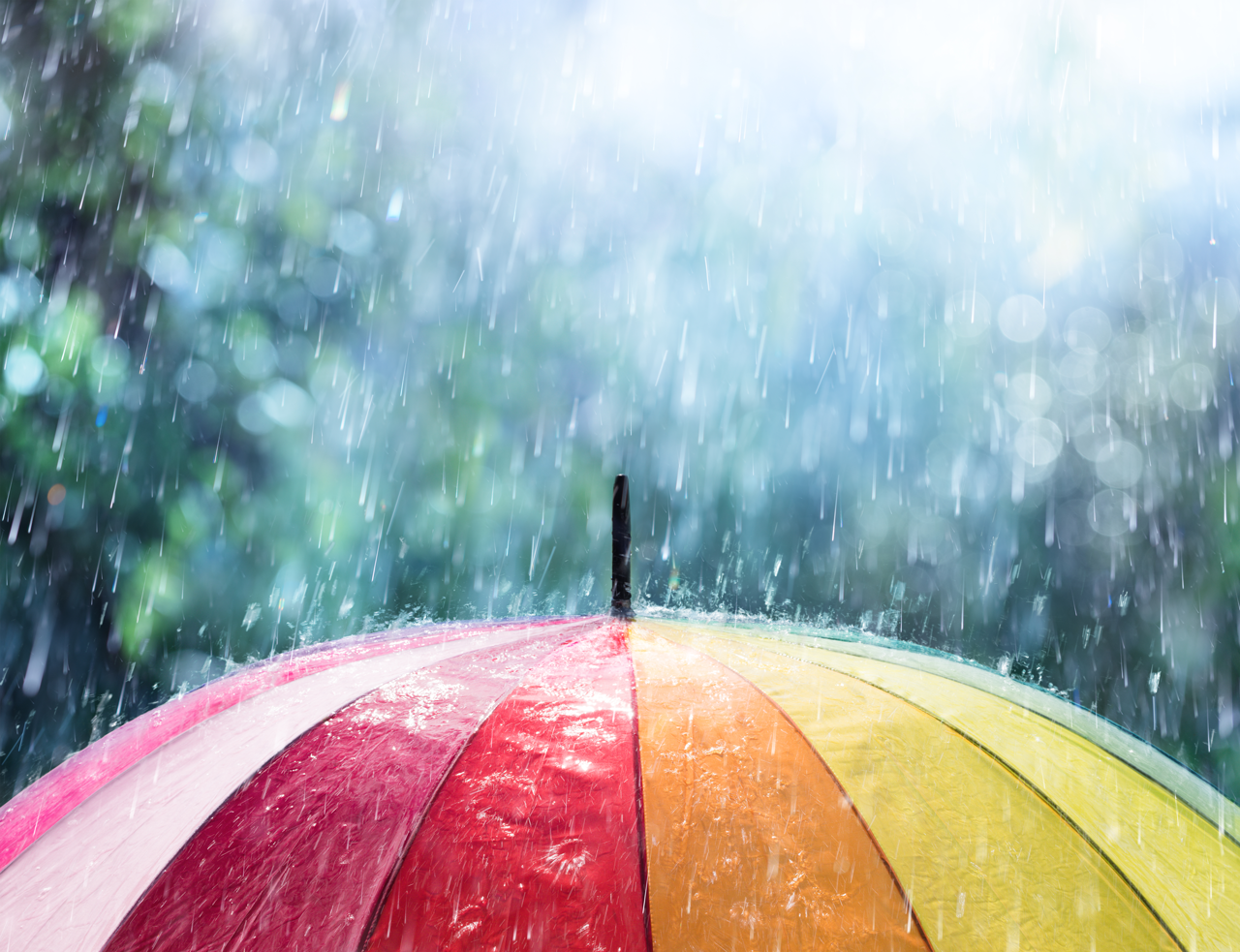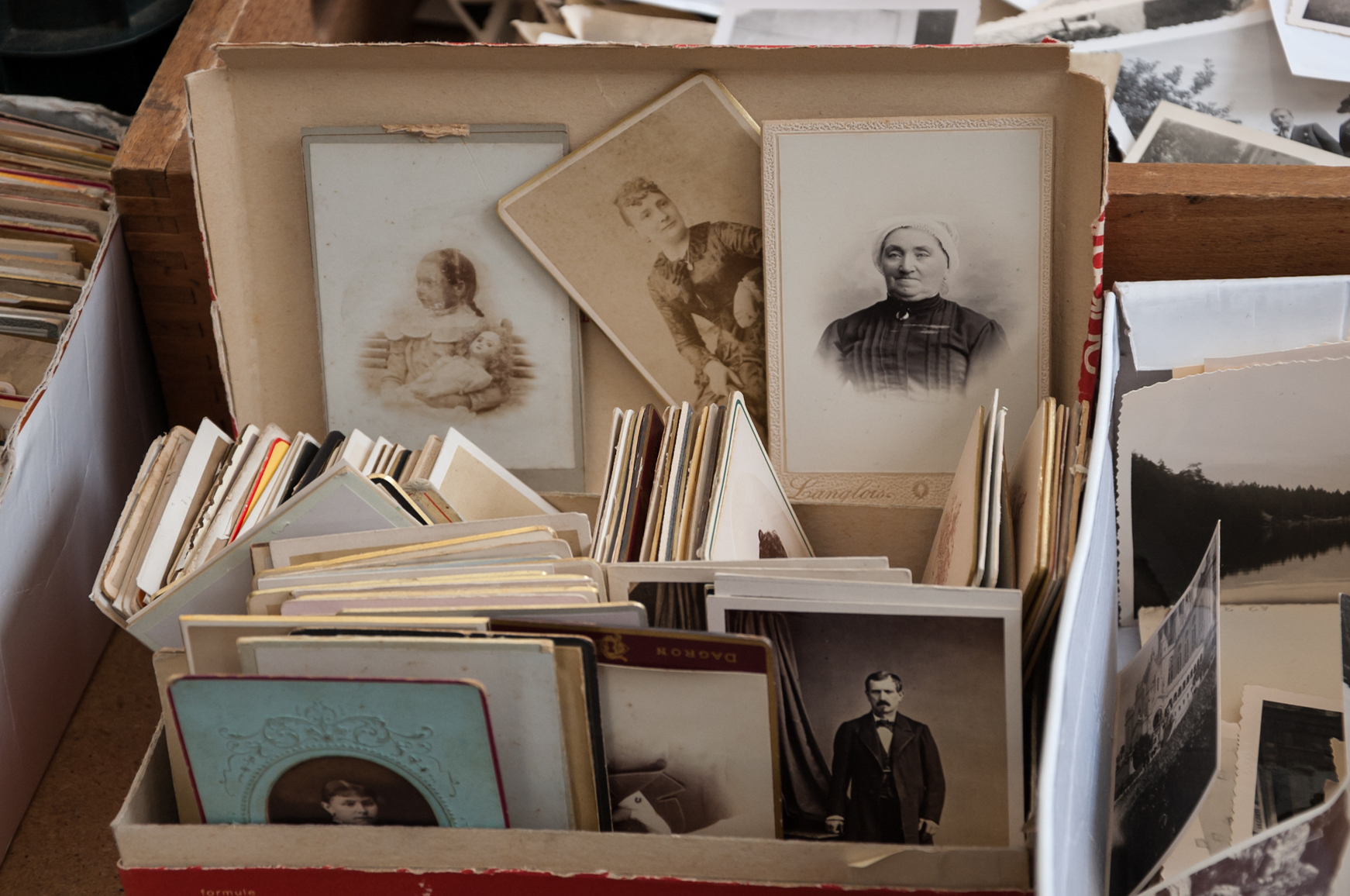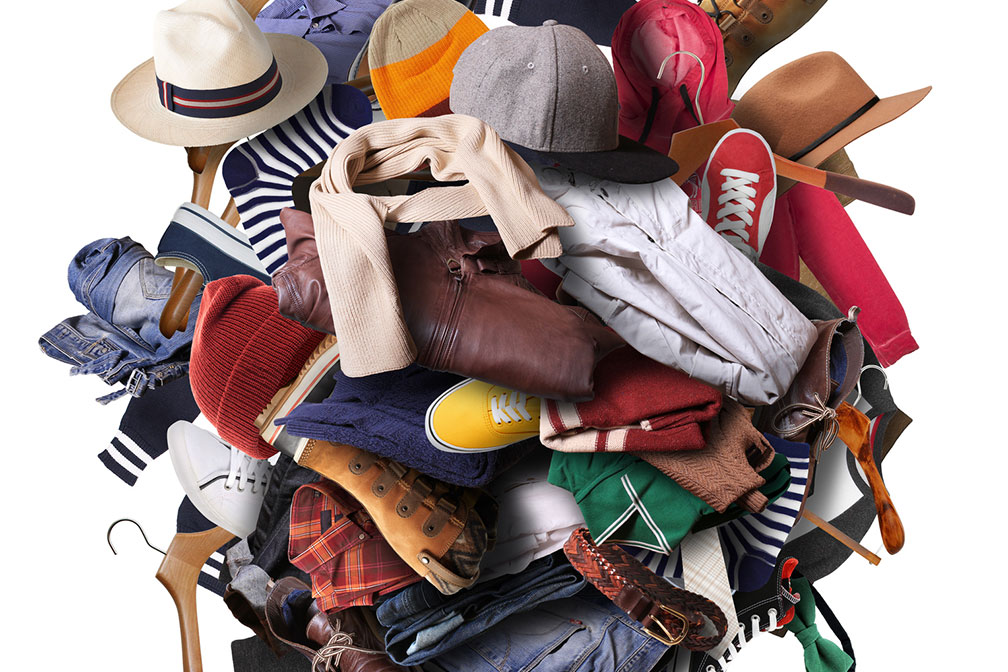3 Fall Preparation Tips for Avoiding Winter Property Damage.
Although it’s only fall…winter is looming whether we like it or not! Fall leaves can wreck havoc on our gutters and downspouts, add snow, ice and cold temperatures and you have a fine recipe for winter storm damage. Fall preparation is the perfect anecdote to winter hazards.
We love to hear from our customers, but we hope it’s just to say, “Hello, we miss you guys” rather than, “hurry, our roof caved in!”
Here are a few simple Fall preparation tips you can do to prepare for cold weather that will save you time, money, and a phone call to Advance Restoration—even though we love hearing from you!
- Frost proof your faucet-If the shut off valve to your spigot is outside, you are at risk of a leaky or frozen pipe that could potential thaw and crack in the spring causing water damage inside and outside your home. Insulate these pipes now to prevent from freezing or better yet, install a frost proof faucet that extends a pipe from the outside into the house so that the shut-off point and washer are on the inside and away from the elements.
- Invest in a roof rake-The average roof can hold up to four feet of fresh snow and as snow begins to melt or collect from multiple storms, the weight of the snow can become too much for your roof to handle. The combined weight of snow and water puts your roof at a higher risk of roof damage due to collapse. Invest in a roof rake now so you can be ready; it can be your best friend after a winter storm.
- Consider purchasing flood insurance-Consider purchasing flood insurance, if you live in a flood-prone area, to cover possible flood damage that may occur during the spring thaw. Homeowners’ policies do not cover damage from floods. Ask your insurance agent about the National Flood Insurance Program (NFIP) if you are at risk. More information on NFIP is available at Fema.gov.
If you prepare for the cold weather you will be in much better shape to enjoy time with friends and family by that cozy and clean fireplace. You might even have time to bake some cookies and drop them by Advance Restoration (just thought we’d sneak that in there!). If freezing temperatures have gotten the best of you— we’re just a phone call away and ready to serve with 24/7 emergency service. You can also check out our resources page for more tips and important disaster recovery information and links.









![[iss_site_name_city_state_zip_code]](https://advancerestorations.com/wp-content/uploads/2019/03/Water-Flooded-Home-Repairs-2000x1200.jpg)












